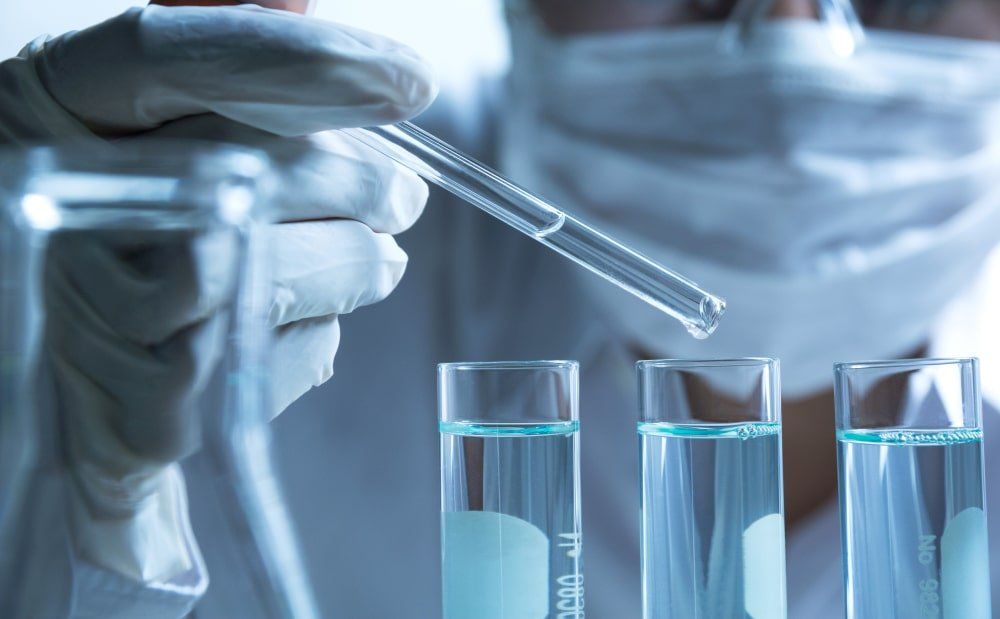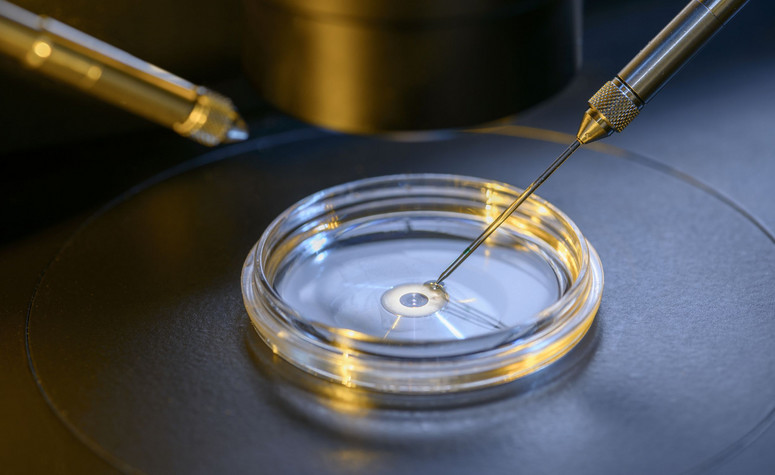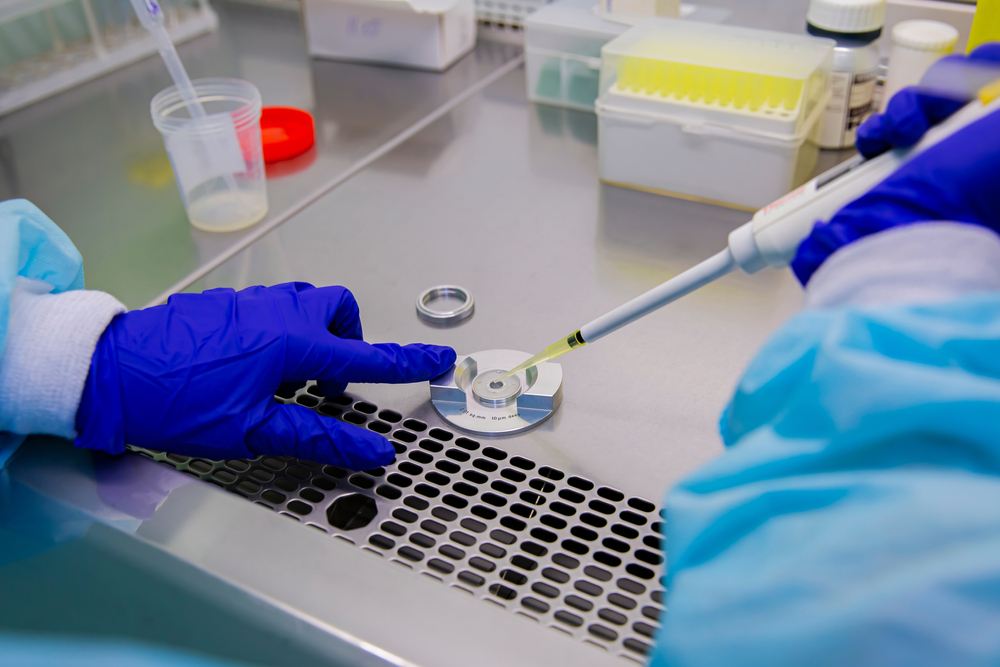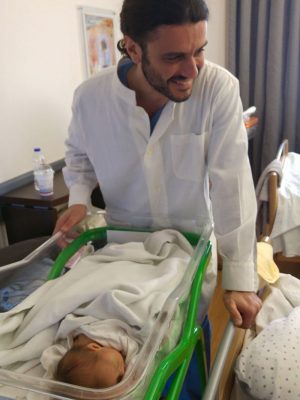Preimplantation Genetic Diagnosis (PGD)
What is the Preimplantation Genetic Diagnosis (PGD)
The Preimplantation Genetic Diagnosis (PGD) is a method in which embryo cells are isolated in order to be diagnosed for chromosomal or structural anomalies or genetic diseases, before they are implanted in the uterus and after an In Vitro Fertilization procedure.
How and when it is performed
The Preimplantation Genetic Diagnosis (PGD), is used exclusively during the In Vitro Fertilization procedure, after the IntraCytoplasmic Sperm Injection (ICSI) stage. The resulting embryos are genetically examined prior to being transferred to the woman’s uterus. For more information, you can read this article on causes and stages of an IVF procedure.
In order to perform the PGD examination, either 3-day-old embryos or 5-day-old blastocysts have to be collected. More specifically, 1 or 2 cells from the total of 6 to 10 cells that are available during that specific stage in the developing embryo. The DNA of the embryo cells undergoes genetic tests in order to detect chromosomal (structural or numerical) abnormalities as well as some very serious genetic diseases.

With the help of the PGD examination, we can detect:
- Chromosomal anomalies like Down Syndrome (trisomy 21), Patau Syndrome (trisomy 13), Edwards Syndrome (trisomy 18) and other trisomy disorders. You can read more info here.
- Monogenic or single-gene disorders like alpha and beta thalassemia.
- Cystic Fibrosis .
- Gender-related diseases (diseases that depend on the gender of the newborn baby).
- Polycystic Kidney Disease
and more
Requirements for the PGD examination:
- When there is high risk that the couple will transmit a monogenic disease to the embryo.
- When there have been previous pregnancy terminations after prenatal examinations that had abnormal results.
- When the woman suffers from a chronic illness that would endanger her health if forced to terminate the pregnancy (thalassemia for example).
- When there are ethical or religious hesitations about the pregnancy abortion in cases where the prenatal examinations reveal abnormalities in the embryo.
- When there is a need to determine the gender of the embryo due to history of diseases related to the X chromosome.
- When the woman is of advanced age.

Biopsy Methods used in the PGD Examination
Microsurgical Biopsy:
- Polar Body (PB)
- Blastomere
- Blastocyst
Advantages of the PGD Examination:
- Embryo Transfer of healthy embryos that are free from genes with genetic diseases.
- The couple has fewer reasons to worry because only the healthy embryos are transferred to the uterus.
- In women of advanced age, where there is higher probability for trisomies and monosomies to appear, PGD ensures that no embryos with such abnormalities will reach the uterus.

Gender Selection
& PGD
With the help of the Preimplantation Genetic Diagnosis, gender selection has a 99% accuracy. According to Greek legislation (paragraph 26 of law 3305/2005), gender selection is only permitted for medical reasons.
For example, couples that display abnormalities in their sex chromosomes, may select the gender of their baby by using the PGD examination so that only embryos of the gender that will develop into healthy babies will be transferred.
Other multiple-factor genetic attributes like eye and hair color, body size, mental abilities, etc., are not determined.

& PGD
A very vital contribution of PGD to medical science is the ability to select the genetic characteristics of the implanted embryo in order to assist the health of a third person (savior sibling).
There are certain cases of leukemia or thalassemia, whose treatment requires bone marrow transplant which can only come from an immunologically compatible donor. If no such donor can be found, the parents have the choice to create a newborn that will literally save the life of its ill sibling. By using the PGD Examination, only the embryos that are healthy and immunologically compatible with the sick sibling will be selected for Embryo Transfer. During birth, blood from the umbilical cord is collected and transferred to the ill sibling in order to be used in the bone marrow transplant.
The newborn baby is not put at risk by the procedure.
Learn more about the new methods of In Vitro Fertilization, here.




